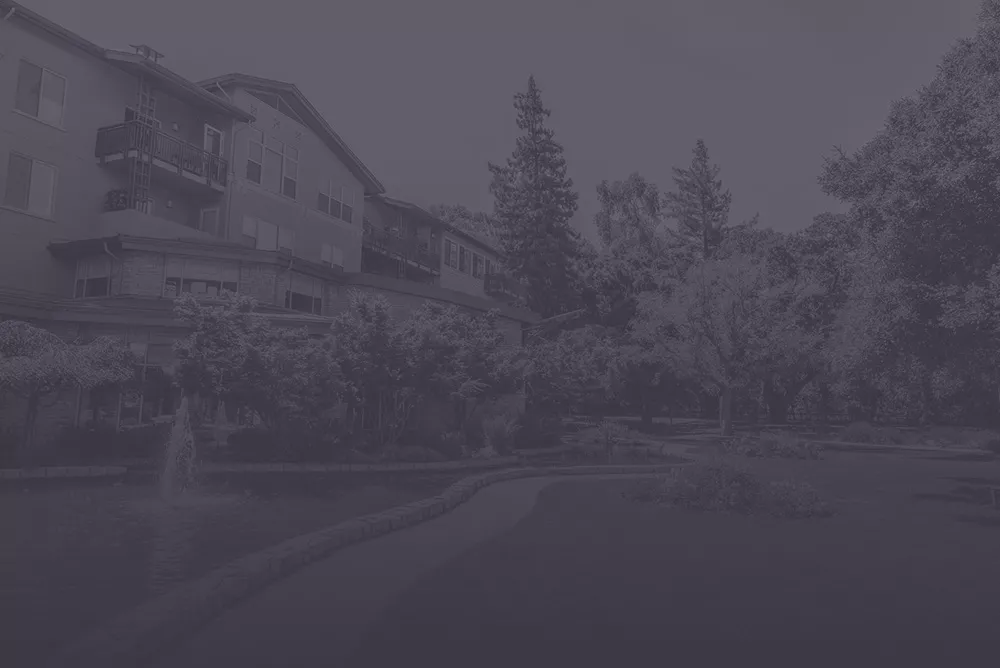The federal government on Wednesday again defended its work to regulate and punish underperforming nursing homes, as the controversy surrounding a “secret” list of troubled skilled nursing facilities entered its third day.
Centers for Medicare & Medicaid Services (CMS) chief medical officer Kate Goodrich confirmed a Tuesday report that the agency will soon begin releasing a monthly list of candidates for inclusion in the Special Focus Facility program — while also touting the transparency of its existing data.
“CMS’s work isn’t done. In fact, we’re just getting started,” Goodrich said during a Wednesday afternoon conference call with reporters.
Goodrich ticked off the nursing home oversight efforts undertaken during the leadership of CMS administrator Seema Verma, including standardization of state-level survey processes, recent improvements to the five-star quality rating system, and various measures to reduce rehospitalizations.
She also emphasized that all of the nation’s more than 15,000 nursing facilities receive a federal inspection every year, with additional check-ins after a formal complaint from a resident, staff member, or family.
“This is greater oversight than for any other setting of care,” Goodrich said.
The CMO also hinted at plans to expand its public reporting on the identities of nursing home owners, which can often be obscured from consumers amid complex operating company/property company (OpCo/PropCo) arrangements.
“This is something that we are actively working on right now,” Goodrich said. “I don’t have any specifics to give you at this time, but it is certainly something that we are working on.”
CMS has been on the defensive since Monday, when two U.S. senators unveiled a previously unreleased list of more than 400 nursing homes considered for designation as a Special Focus Facility (SFF). The bipartisan duo, Sens. Bob Casey and Pat Toomey of Pennsylvania, characterized the candidates ranking as a “secret” trove of troubled properties hidden from residents and their families.
“To date, CMS has arbitrarily excluded from public disclosure a subset of these underperforming nursing homes,” Toomey, a Republican, said in a statement. “Moving forward, I hope CMS will give the public this particular list, as well as all relevant information about nursing home quality.”
A CMS spokesperson told SNN on Tuesday that the agency was mulling a decision to make that information public on a monthly basis, which Goodrich confirmed Wednesday; however, CMS currently has no timeframe for a rollout as it continues to determine the clearest way to present the data, she said.
Goodrich defended the agency’s previous decision not to release the SFF candidates list due to the existing availability of data on the consumer-facing Nursing Home Compare.
“The agency offers a much more comprehensive consumer-friendly resource, or quality hub, called Nursing Home Compare, that contains all of the information about quality in all of the nation’s nursing homes,” she said.
From candidate to SFF
The candidate list, which as of April featured 435 facilities across the country, consists of SNFs with the poorest state-by-state health inspection results, Goodrich said. Individual states then select the worst of the worst for inclusion on the actual 88-member SFF list as slots free up, with Goodrich asserting that state-level officials are best able to identify the most troubled properties under their watch.
Since 2005, about 90% of the Special Focus Facilities have returned to full compliance and shed the designation, with the remaining 10% terminated from CMS eligibility, Goodrich said.
While a building is classified as an SFF, CMS does not display a star rating on Nursing Home Compare, with the ranking returning if comes back into good standing — typically after passing one or two follow-up inspections, she said. SFF candidates, meanwhile, do not have any unique identifiers on the site, with standard star rating information.
Casey and Toomey cited the star-rating issue as a major sticking point in their report, noting that around half of the facilities on the candidates list had staffing or quality ratings of at least three stars.
Goodrich acknowledged that disconnect.
“Some nursing homes that are part of the Special Focus Facility candidate list have had higher star ratings in the categories potentially related to quality and nursing home staffing, and we understand that that can be confusing sometimes to consumers,” she said.
But she also noted that budget restraints have limited the scope of the SFF program: Sequestration cuts in 2014 chopped the SFF list from 167 to its current 88, with present funding unable to support the additional inspections that CMS performs at the troubled properties. While a $44 million request in President Trump’s budget to bolster survey and certification efforts could potentially alleviate that problem, Goodrich said CMS has no plans to expand the official list.
“We are limited in the number of slots that we have available for the Special Focus Facility program due to budgetary constraints,” she said. “That really is our limitation at this point. We’re not able to expand right now.”
That’s why it’s important for residents and families to take a holistic approach when selecting nursing facilities, she said, using a variety of sources to reach the final conclusion — and not necessarily rejecting a SFF candidate without complete research.
“CMS urges every American to consult their doctors, their families, and loved ones, and Nursing Home Compare before making decisions about nursing home care,” she said.



